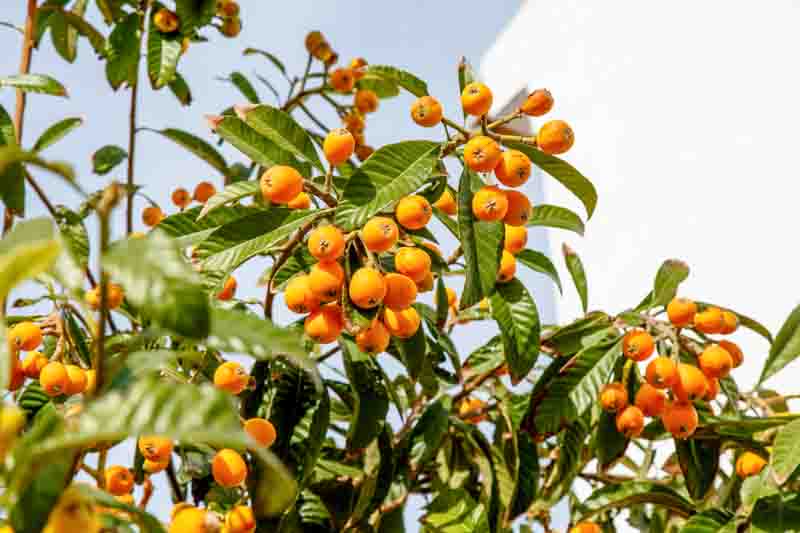Loquat - A Fascinating Fruit Tree
The Loquat (Eriobotrya japonica) is a fascinating fruit tree with a rich history and intriguing characteristics that extend beyond its delicious fruit. Native to southeastern China, this evergreen tree has made its home in Mediterranean climates, the Americas, and beyond, appreciated for both its ornamental beauty and nutritional bounty.
One of the most interesting aspects of the Loquat is its flowering and fruiting season. Unlike most fruit trees, the Loquat blooms in late autumn or early winter, with fruits ripening in spring. This unique timing means that in some regions, Loquats provide fresh fruit at times when few other fruit trees do.
Loquat leaves are as noteworthy as the fruit, being large, tough, and glossy with a distinctive serrated edge. They’re not just visually appealing; these leaves have been used in traditional Chinese medicine for centuries to make soothing teas believed to treat respiratory ailments, among other benefits.
The fruit itself is a hidden gem in the culinary world. Loquats are rich in vitamins A and C, dietary fiber, and antioxidants. Their taste, a sweet blend of peach, mango, and citrus, makes them versatile in various dishes, from fresh salads to jams and even wines.
Interestingly, Loquat trees are highly adaptable and can grow in a wide range of soil types, though they prefer well-drained, slightly acidic soils. They are drought-tolerant once established, making them suitable for xeriscaping in dry climates.
Despite its popularity, the Loquat remains somewhat of an exotic curiosity in many parts of the world, partly because the fruit is delicate and does not transport well over long distances. This quality has preserved a sense of local delight around the Loquat, often enjoyed straight from the tree.

